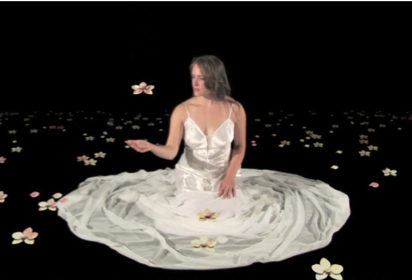The Far Dark Shore: Sculptural Depth and Relief in Digital Stereoscopic Video and Composited Stereoscopic Computer Graphics
September 1st, 2007
Categories: Academic, Animation, Multimedia, Software, Video / Film

Authors
JD PirtleAbout
The depth and relief present in stereoscopic art are sculptural qualities similar to those found in dioramas. Unlike traditional sculpture, projected stereoscopy does not adapt to the viewer’s movement or position without the additional aid of external systems, such as motion tracking. However, the phenomena of depth and relief in stereoscopic digital media are powerful and important tools for artists to explore and utilize. This paper details the methodology and research involved in the creation of a digital stereoscopic video composited with stereoscopic computer graphics, entitled The Far Dark Shore. Created with Maya 3d modeling / animation software and a high-definition (HD) stereoscopic camera apparatus, The Far Dark Shore is the product of a year-long cycle of research concerning the implications of digital media attaining the power and relief of sculpture. With the intent to present the piece in a gallery setting, research has also been centered on the exploration of the space that exists in stereoscopy - the space behind the screen, the space existing at the screen plane, and the space between the screen plane and the viewer. The Far Dark Shore features a dancer portraying a young woman encountering her mortality through her relationship with orchid blossoms.
Resources
URL
Citation
JD Pirtle, The Far Dark Shore: Sculptural Depth and Relief in Digital Stereoscopic Video and Composited Stereoscopic Computer Graphics, DXARTS, University of Washington, September 1st, 2007. http://jdpirtle.com/fds.html